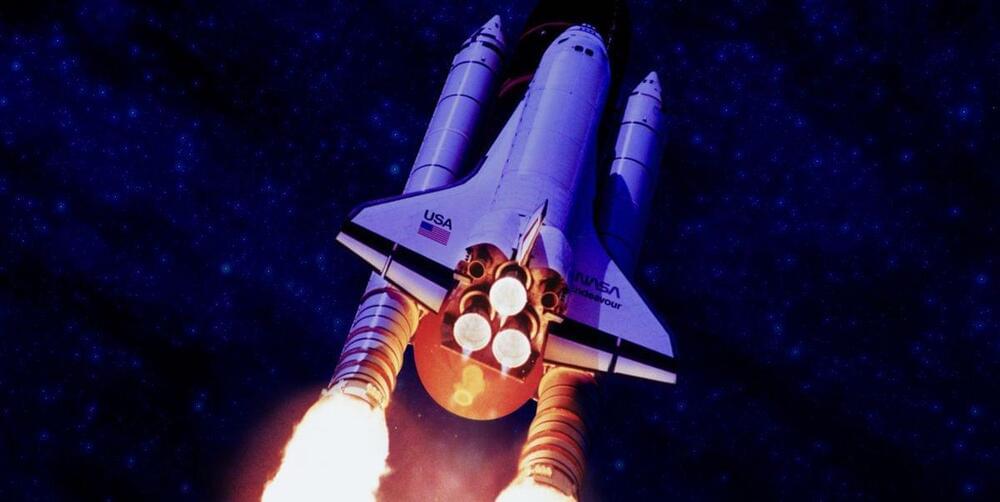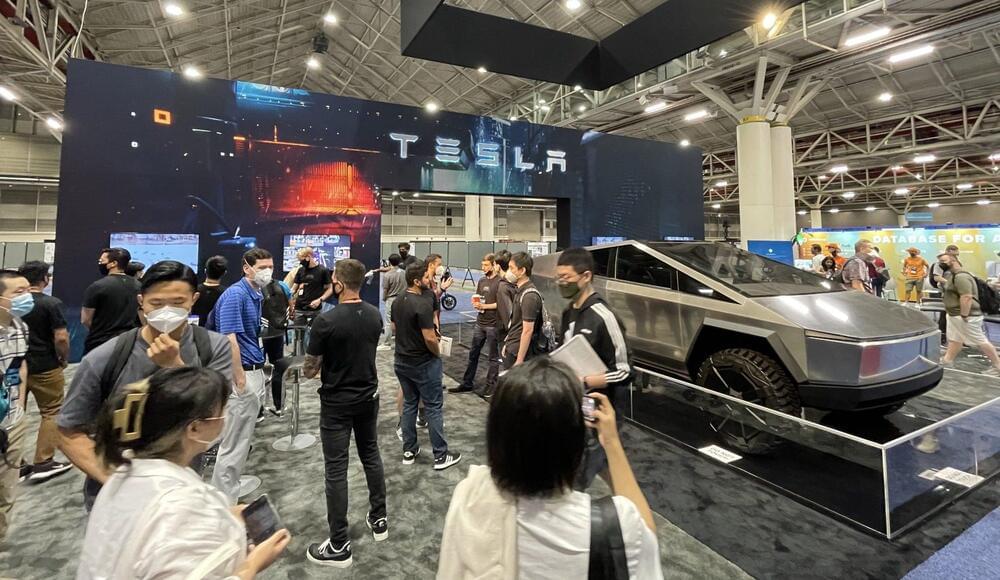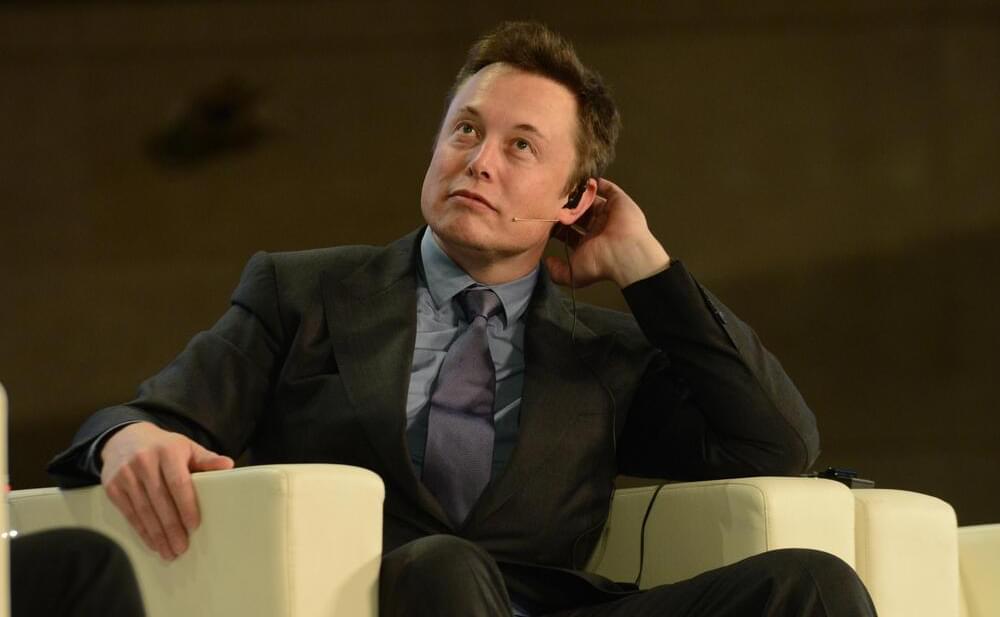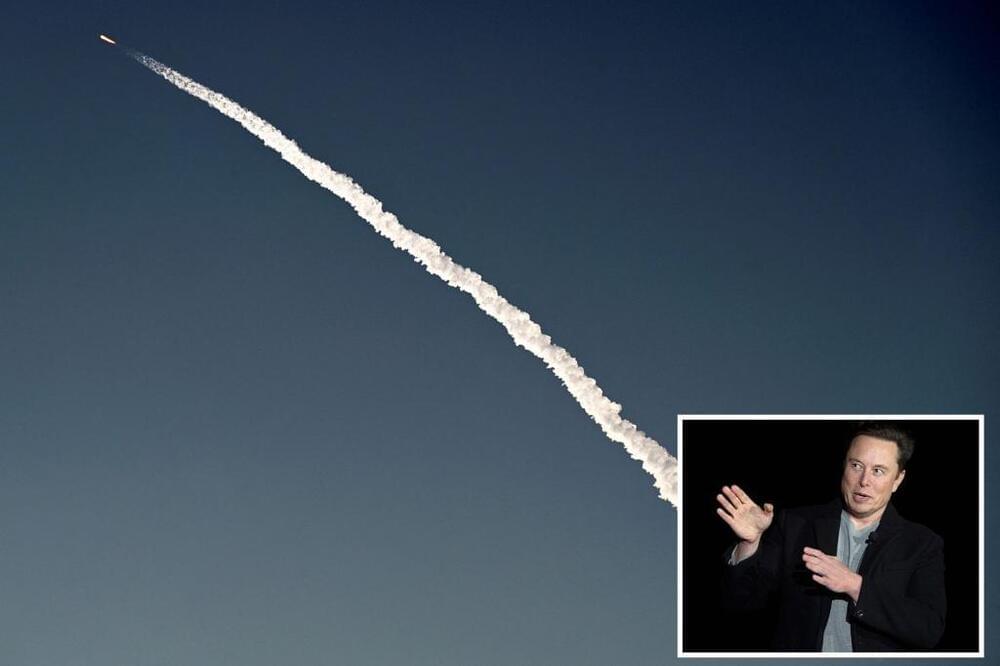Elon Musk may be an oddball online, but he helped bring a lot of technology to the world. Happy Birthday Elon Musk! Here’s a Look on the Tech CEO’s Significance in the World.
Elon Musk talked about the advantages of Tesla ads in an interview with Tesla supporters, including the President of Tesla Owners Silicon Valley, the President of My Tesla Adventure, and the Kilowatts founder.
Musk noted that public support for Tesla is appreciated, and the Tesla community’s efforts to shoot down FUD (fear, uncertainty, and doubt) for the company have also been helpful. Musk has opposed the idea of Tesla ads in the past. However, during the interview, he acknowledged that Tesla ads might have some advantages.
“There’s an argument for maybe we should advertise because the traditional media will not run negative pieces about automotive. Because automotive is like one of the biggest—if not the biggest—advertisers in their paper,” Musk said.






